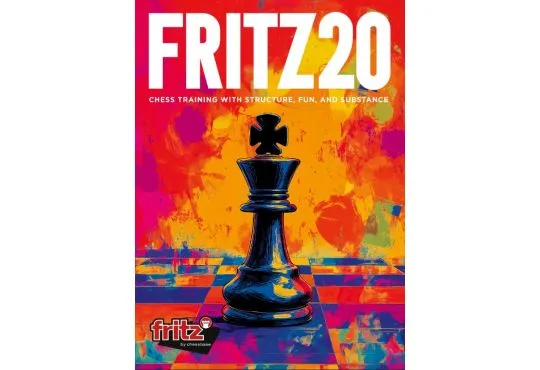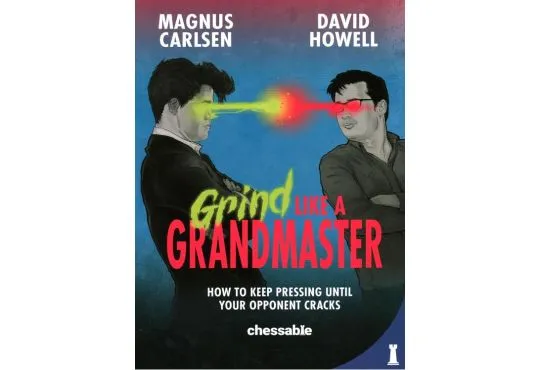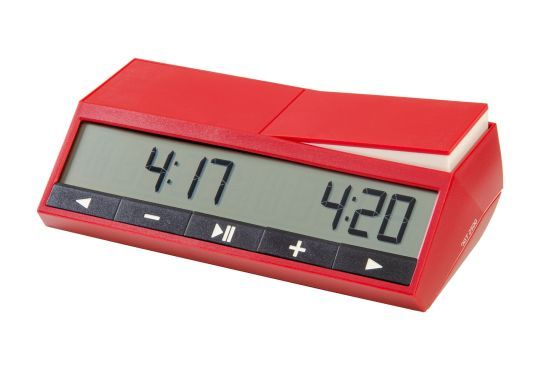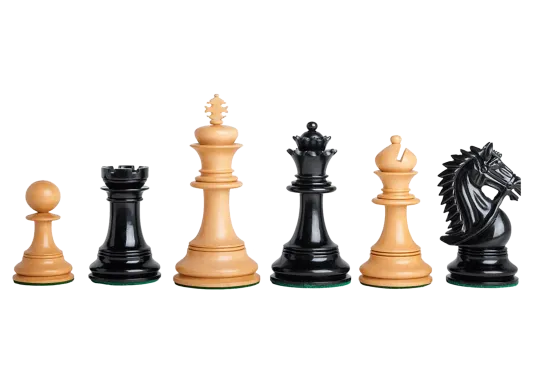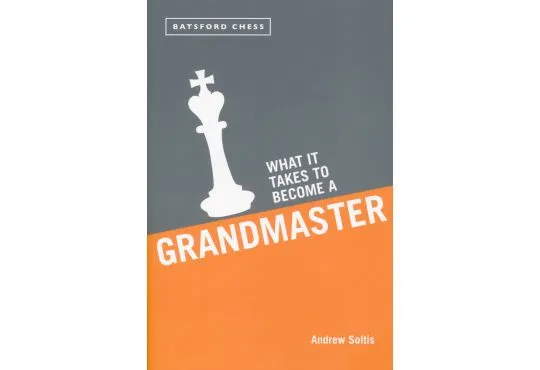Everything You Need To Know About Chess Titles
Have you ever stopped to wonder what “GM” really means when you see it next to someone’s name on Chess.com? Or why some players are listed as “WIM” or “FM” and others — despite being crushingly good — aren’t titled at all? Chess titles are a little like academic degrees, only way harder to get, held for life, and infinitely more satisfying to drop into conversation.
So let’s break it all down. From the history to the current ranks, from Candidate Master to the highest title in chess — we’re covering every inch of this ladder.
Whether you’re rating 400 and dreaming big, or just curious about what “Woman FIDE Master” actually involves, consider this your complete guide.

Table of contents
- The Birth of Chess Titles
- What Are the Official FIDE Titles?
- Women-Only Titles
- National Titles: What Does a “National Master” Mean?
- Online Titles: Yes, Those Count Too
- How to Earn a Chess Title - Ratings, Norms, and Requirements
- Current Title Holders and the Top of the Game
- Why Titles Still Matter
- Frequently Asked Questions
The Birth of Chess Titles
Before 1950, if someone was good at chess, they were called a master… informally.
That changed when FIDE — the International Chess Federation — decided it was time to make this official. So in 1950, FIDE awarded the first batch of titles; twenty-seven men became Grandmasters. Notably, none of the past World Champions, such as Lasker or Capablanca, made the list because FIDE does not award titles posthumously.
From that year forward, chess titles were codified, regulated, and tracked — and they’ve only expanded since. What started with Grandmaster and International Master has grown into a tiered ecosystem with open and women-only tracks, plus online extensions.

The original list included names like Botvinnik, Euwe, and Keres — all living legends at the time. But the choices were also strategic: FIDE wanted global representation. That’s why Argentina’s Miguel Najdorf and France’s Ossip Bernstein were on it.
Titles were more than trophies — they were diplomatic proof that your country produced minds worth fearing.
What Are the Official FIDE Titles?
Let’s start with the open titles. These are available to any player, regardless of gender, and represent different skill levels recognized globally:
Grandmaster (GM) – the highest title you can earn (unless you count World Champion, which is a different beast altogether) requires a FIDE rating of 2500 and three “norms” — basically elite performances in international tournaments.
International Master (IM) – often a stepping stone to GM. Requires a rating of 2400 plus norms.
FIDE Master (FM) – awarded when you cross a rating of 2300. No norms required.
Candidate Master (CM) – given to players who achieve a rating of 2200. It’s the first rung on the FIDE title ladder.
-
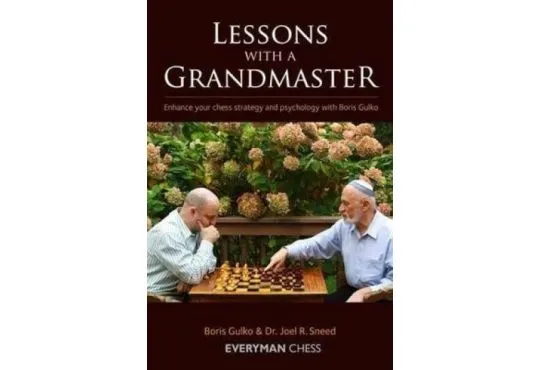 EBOOK - Lessons with a Grandmaster Enhance Your Chess Strategy and Psychology with Boris Gulko$21.95
EBOOK - Lessons with a Grandmaster Enhance Your Chess Strategy and Psychology with Boris Gulko$21.95
All of these FIDE titles are held for life. You don’t lose your title if your rating dips (which is good, because chess is brutal). Once you’re a CM, FM, IM, or GM, it’s yours.
The titles also come with perks — invitations to international events, priority seeding in chess championships, and instant respect from anyone who knows what a 2600 Elo rating actually means.
You also start getting emails from parents asking if you can tutor their 6-year-old.
Women-Only Titles
Now, let’s talk about women-only titles, which include:
- Woman Grandmaster (WGM)
- Woman International Master (WIM)
- Woman FIDE Master (WFM)
- Woman Candidate Master (WCM)
Yes, they sound similar — and structurally, they are. But the requirements for each WGM title are slightly lower than their open-title counterparts.
For example, to become a Woman Grandmaster, you need norms at about the same level as an International Master and a 2300 rating, instead of 2500. A Woman FIDE Master (WFM) earns her title at 2100, while a Woman Candidate Master (WCM) requires 2000.
This is done to encourage participation in a field that has historically had fewer female players. Some critics argue these titles reinforce a skill gap; others see them as useful stepping stones.
Fun fact: Judit Polgár, arguably the strongest woman ever to play, skipped them entirely and competed successfully for open titles only.
Even today, most elite female players have a mix of titles. Take Koneru Humpy or Lei Tingjie — both hold the WGM title, but also IM or GM status.
Some federations automatically award the WFM title to winners of continental events, like the African Women’s Chess Championship, even if the player hasn’t crossed 2100 yet.
So yes, these titles come with nuance. But when you see “WGM” next to someone’s name, don’t assume you’re looking at a second-tier player. You might just be looking at your next endgame nightmare.

National Titles: What Does a “National Master” Mean?
National titles are like FIDE titles’ slightly less famous cousins. They may not get you entry into the Olympiad, but they definitely get you a nod at your local tournament — and a lot of parents whispering, “He’s a master, you know.”
In the U.S., becoming a National Master means crossing a 2200 rating under the USCF system. You get a title, a certificate, sometimes even free entry into tournaments.
It's a serious milestone — one that thousands of American players work years to hit. Other countries have their own equivalents. The old USSR had the prestigious Master of Sport title, which carried significant weight, almost serving as a de factopolitical endorsement.
In Germany, it’s “Candidate for National Master.” In India, it's a mix of ratings and title norms depending on your age group.
Unlike FIDE titles, these don’t come with international recognition. If you introduce yourself as a National Master at a tournament in Spain, expect a polite nod and a puzzled pause. But within your federation? It’s a badge of honor.
And for many, it’s the step just before they start eyeing FIDE norms like a kid peeking over a chessboard they’re finally ready to conquer.
Online Titles: Yes, Those Count Too
We’re living in a world where a kid in Uzbekistan can beat a GM from Poland at 3 a.m. on a Tuesday — and then post the clip on TikTok by 3:04. Online chess isn’t the future. It’s the present.
That’s why FIDE created Arena titles — online-only distinctions awarded through their official digital platform, FIDE Online Arena. These include:
- Arena Grandmaster (AGM)
- Arena International Master (AIM)
- Arena FIDE Master (AFM)
- Arena Candidate Master (ACM)
-
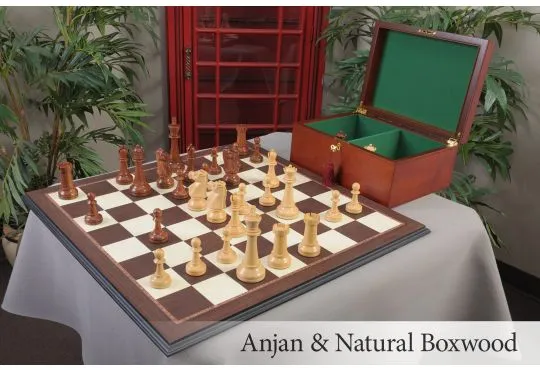 The 6" Fischer-Spassky Series Chess Set, Box, & Board Combination Enjoy Savings of 29% Off MSRP When Purchased as a Combination
The 6" Fischer-Spassky Series Chess Set, Box, & Board Combination Enjoy Savings of 29% Off MSRP When Purchased as a Combination$847.95
Starting at $599.00
To $698.95
They don’t require norms or formal tournament play. Just a certain number of games and performance ratings over time controls like rapid or blitz. You earn them on-screen. You wear them with pride. But no, you can’t use an AGM to skip qualification rounds in over-the-board events.

While these titles may not count on paper, online they’re currency — opening doors to stream invites, brand sponsorships, and thousands of fans who couldn’t care less what your OTB Elo is as long as you can flag someone in 3 seconds flat.
How to Earn a Chess Title - Ratings, Norms, and Requirements
There are no shortcuts to a title. Not unless your uncle is the president of a chess federation and even then — the FIDE rating gods have ways of punishing that sort of thing.
To become a titled player under FIDE, you need two things: a high enough Elo rating and the right norms. Ratings are straightforward: hit the threshold (e.g., 2500 for GM, 2400 for IM, and so on).
A “norm” is a tournament performance that meets specific criteria: minimum nine rounds, at least three different federations represented, an average opponent rating above a set floor, and at least three titled players in your pairing list.
Oh, and you can’t bomb one round and still qualify — your performance has to be consistently brilliant. Across three separate events.
To make things more complex, there are exceptions. Win the World Junior Championship and you get an automatic IM title.
But for the rest of us mortals, the road is rating points, norm events, and a notebook full of “if I hadn’t blundered in round six…”
Current Title Holders and the Top of the Game
As of 2025, FIDE’s database holds:
- ~1,870 Grandmasters (GM)
- ~4,000 International Masters (IM)
- ~9,200 FIDE Masters (FM)
- Thousands more Candidate Masters (CM), WGM, WIM, WFM, and WCM
The highest title of all — World Champion — now belongs to Gukesh D, who beat Ding Liren in a brutal 2024 match that shocked a lot of people outside India, and exactly no one inside it. On the women’s side, Ju Wenjun defended her crown with a dominant performance in early 2025, keeping China firmly at the top of the women's chess map.
Meanwhile, Magnus Carlsen still holds the highest rating in history: 2882. He may have stepped away from title matches, but don’t let that fool you. He’s still the one everyone wants to beat — and almost no one can.
Why Titles Still Matter
Chess titles are more than just letters on a scorecard. They represent years of study, countless blunders, tournament travel, maybe even heartbreak.
And yes, titles are awarded, but they’re also earned. So the next time you see a "WGM" crush someone in the endgame, give a silent nod. That badge wasn’t handed out lightly.
Frequently Asked Questions
For open titles, the progression is:
-Candidate Master (CM)
-FIDE Master (FM)
-International Master (IM)
-Grandmaster (GM)
For women-only titles:
Woman Candidate Master (WCM)
Woman FIDE Master (WFM)
Woman International Master (WIM)
Woman Grandmaster (WGM)
If you're new it’s a perfectly fine place to start. Everyone starts somewhere. A 400 Elo rating typically means you’re still learning basic tactics and openings. It’s not a competitive score — but hey, you can only go up from here.
The lowest official FIDE title is Candidate Master (CM), which requires a rating of 2200. For women, the parallel is Woman Candidate Master (WCM) at 2000. Below that, you’re working your way up through rating classes but don’t yet have a title.



